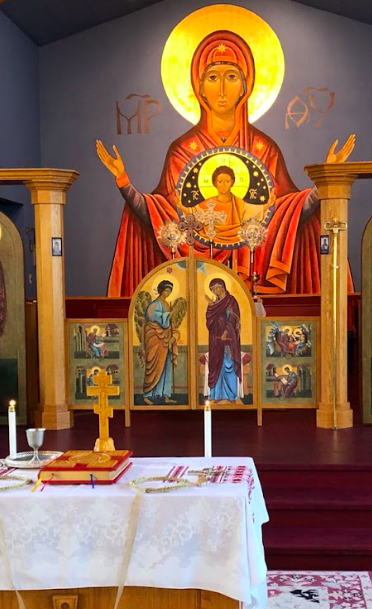Millions Around the Globe Celebrate Orthodox Easter
On April 16, 2023, over 300 million members of the Eastern Orthodox Church celebrated Easter. Typically, it is common for those within the Western world to celebrate Easter under the Catholic Gregorian calendar on April 9. However, because the Eastern Orthodox Church uses the Julian calendar, various holidays are celebrated on different dates.
The reason for this dates back to the year 1582, when Pope Gregory XIII instituted the Gregorian calendar. His motive was to correct the alleged inaccuracies of the Julian calendar by adding “leap years to correct an 11-minute miscalculation that caused seasons to become out of sync with the calendar.” With this, the Gregorian calendar pushed Easter away from the spring equinox. Western churches then, following the new calendar, established Easter to be held on the first Sunday after the full moon that occurs on or after the spring equinox. Although much of the world came to officially recognize the Gregorian calendar, Orthodox countries such as Russia, Serbia, Greece, Cyprus, Macedonia, Romania and Russia continue to use the Julian calendar.
In celebration of the event, Orthodox churches all over New York City were packed with parishioners. On Fordham’s campus, the Orthodox Christian Studies Center sent an email to commemorate the holiday. Various other on-campus organizations, such as the Fordham Orthodox Christian Foundation, even hosted an Easter dinner. In addition to this, Orthodox students also took the day to reflect, attend mass and connect with family.
With this holiday comes various traditions. Amongst the most popular is the tapping of eggs, where two people take turns cracking each other’s Easter eggs. Another is the dying of hard boiled eggs to create a red color, which is meant to symbolize the blood of Christ. Moreover, during this same day, Orthodox Christians greet each other by saying, “Christ is risen.” In return, the person being greeted says, “Indeed He is risen.”
Although most Easter practices and traditions remain the same all over the world — and typically consist of spending time with family, coloring eggs, eating food and attending mass — some nationalities incorporate their own ethnic customs into the celebrations. For instance, Serbians dance the Kolo, a traditional folk dance that is common within various Balkan countries. On the other hand, the Greeks utilize a popular folk dance known as the kalamatianos, which is somewhat similar to the Serbian Kolo. Different Orthodox individuals from different cultures also cook their own food. For instance, the Greeks, Serbians and Macedonians indulge in smoked meats, cheese, boiled eggs and red wine. It is also common for churches to hold a Paschal Vigil on Holy Saturday, which is before Easter, in addition to a candlelight procession. Typically, followers gather within churches hours before midnight and begin the celebration once the clock reaches midnight.
This year was also a very special Easter for New York City’s Serbian Orthodox community, as they were able to celebrate Easter within their own cathedral for the first time in seven years. Previously, it was very difficult for large numbers of the Serbian Orthodox community to gather within a single place of worship due to a tragic fire that destroyed the historic Saint Sava Cathedral of Manhattan, which acted as a sacred historic, cultural and religious center for the Serbian community. However, with the reopening of the cathedral in February of this past year, this year’s Easter was an especially important event.
Since there are approximately only one to six million members of the Orthodox Church within North America, it is common for many to not know about such traditions, differences in church calendar or even of the existence of the Orthodox Church itself. Because Protestants and Catholics make up the largest Christian denominations within the United States, the Orthodox Church is commonly ranked in last place behind the Catholic Church in terms of practicing religious followers. However, with various resources around New York City, in addition to the Fordham Orthodox Christian Studies Center, the Fordham Orthodox Christian Foundation and the Hellenic Student Organization, ordinary individuals are able to learn more about this important cultural and religious observance, which holds a special place within the hearts of millions of people worldwide.











































































































































































































